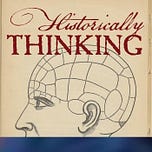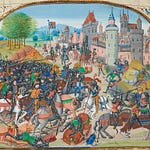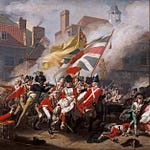Originally published on June 12, 2019 (Episode 115)
Introduction
By the late 19th century, samurai were dismissed in Japan as outmoded relics. Yet today they stand as global symbols of “Japanese tradition”—all razor-sharp swords and timeless bushidō. Michael Wert shows how much of that image is modern myth layered over a far messier past.
We explore the evolving roles of warrior elites, how memory politics after the Meiji Restoration recast losers as icons, and why practices like kendo or codes like bushidō often tell us more about modern nation-building than medieval battlefields.
About the Guest
Michael Wert is Associate Professor of History at Marquette University. His research focuses on early modern and modern Japan.
For Further Investigation
Michael Wert, Samurai: A Concise History (OUP, 2019))
—, Meiji Restoration Losers: Memory and Tokugawa Supporters in Modern Japan (Harvard, 2013)
Listen & Discuss
What single myth about samurai most distorts how we read Japanese history?
How did modern statecraft turn selective memories of warriors into national symbols?
Where do film, games, and anime help—or hinder—our understanding?
If you know someone who thinks bushidō was carved in stone, pass this along—sharper than a katana, but less likely to cut anyone.










